'Building The Brutal': celebrating the construction of London's Barbican
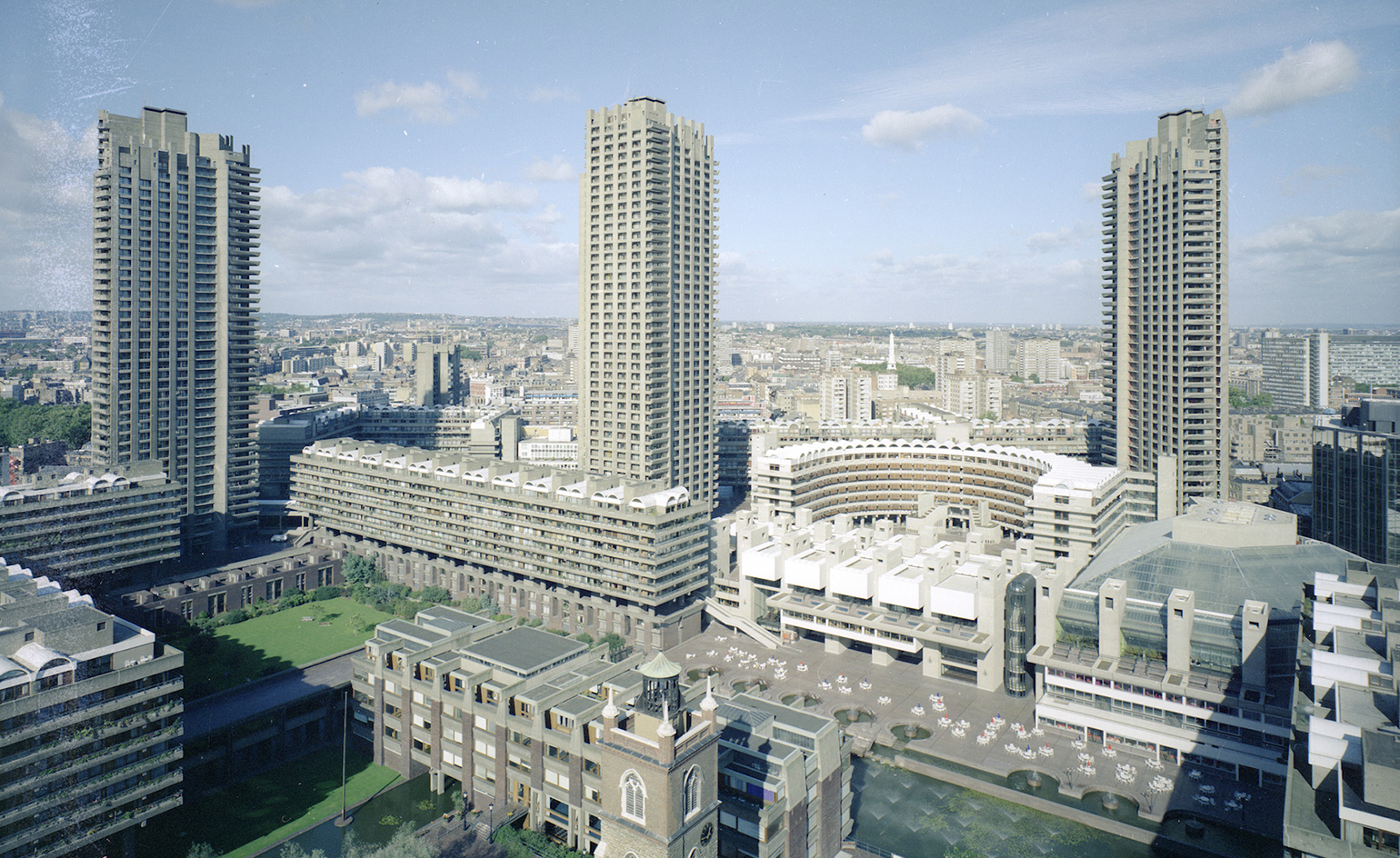
The Barbican, Britain's most famous brutalist building and one of Europe's largest functioning multi-arts and conference venues, was created to reflect a new type of inner city utopia and at the same time reconstruct a large part of central London, which was destroyed during the war.
The world-class complex, designed in the late 1950s by young architects Chamberlin, Powell and Bon, spent 10 years in construction until its grand opening in 1982. The centre has since been given a Grade II listing and cemented its reputation as a cultural and architectural British icon.
In its early years, the Barbican's first director, Henry Wrong commissioned photographer Peter Bloomfield to record the stages of construction of the complex. Bloomfield's comprehensive photo collection - just recently gifted to the Barbican arts centre - consists of over 1,400 negatives, which intricately document the late construction stages of the Barbican, and its completion.
'During my first visits to the site, I witnessed the building emerging from raw concrete to a beautifully textured finish with the help of a number of jackhammers, clouds of dust, and a lot of sweat', says Bloomfield, reflecting on his experience on site.
This rediscovered archive forms a new 96-page tome, published by the Barbican and titled Building the Brutal. The book includes more than 70 colour, as well as black and white images that cover different aspects of the build, most of which have never been released to the public before.
The evocative photographs document everything; from the first events held at the complex, to workers hand-finishing the famous textured walls, and the impressive moment, when trees were craned into the on-site conservatory.
All imagery can be explored on a newly launched website or within the pages of the printed book, which comes with a foreword by Jane Alison, Barbican Head of Visual Arts and includes a separate feature on the photographer. The publication is now available for pre-order and will be in store from mid-March.
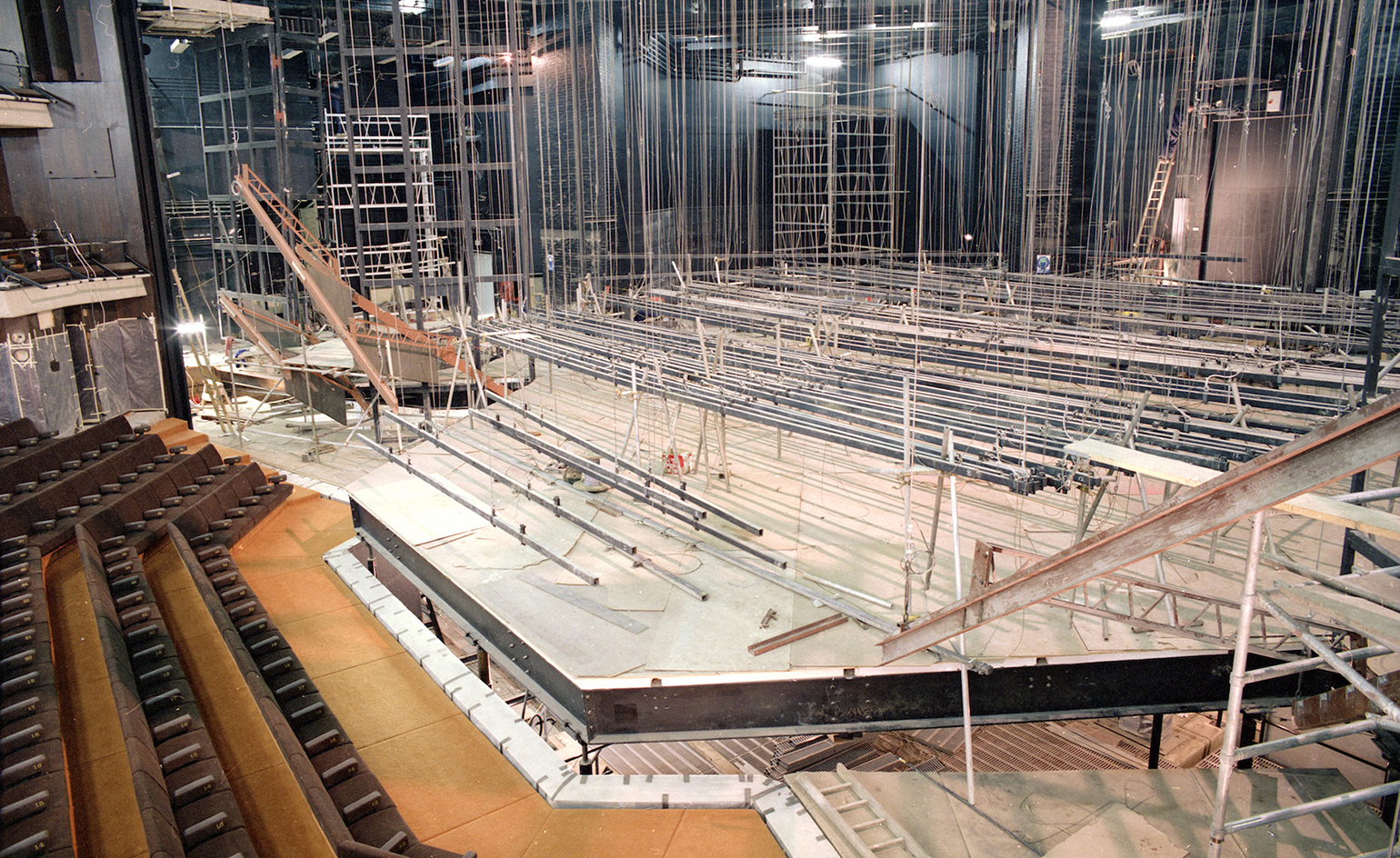
Further imagery from 1981 shows the fly system being lowered onto the stage of the Barbican Theatre
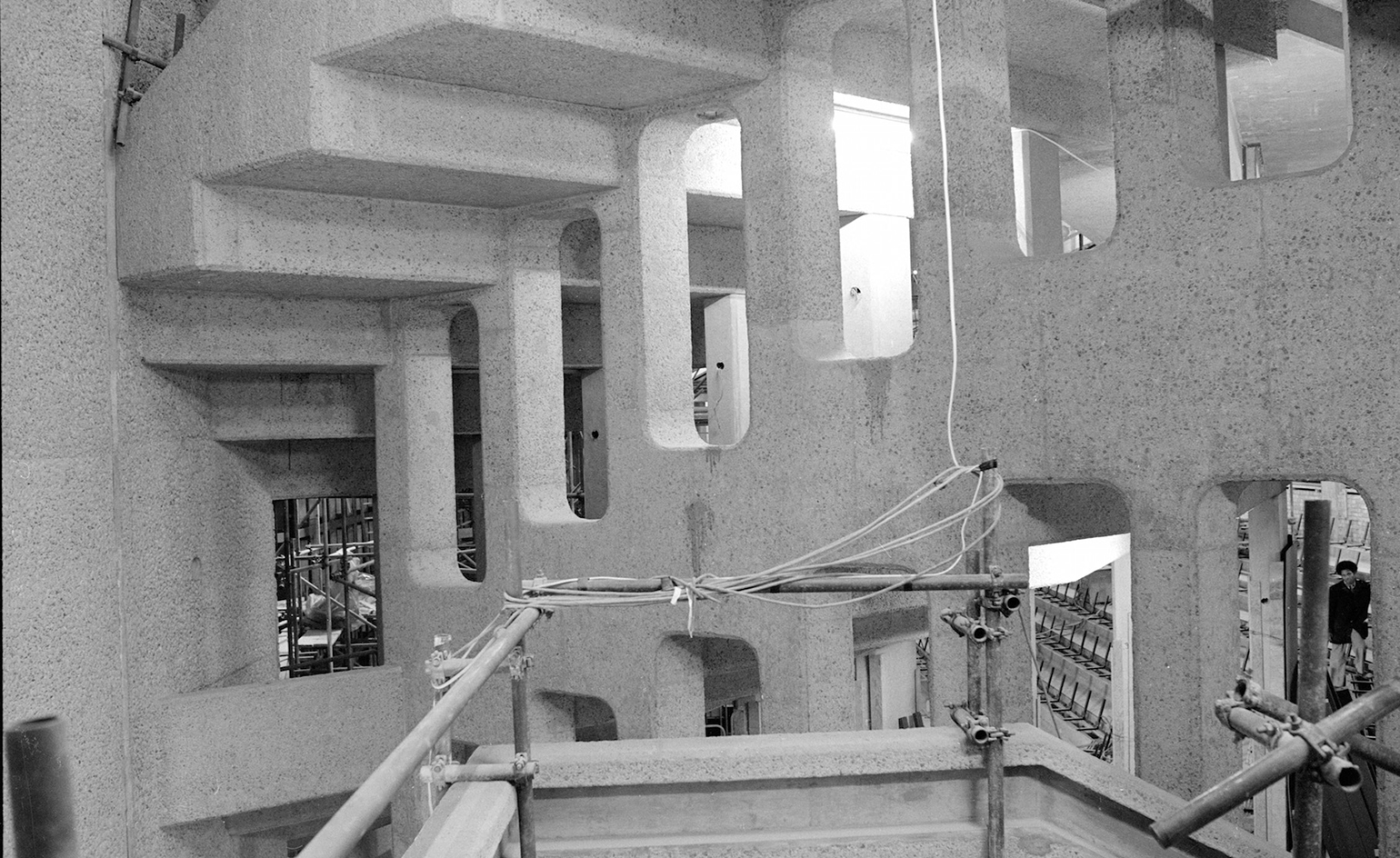
A shot from November 1979, showing the Barbican Theatre’s trademark concrete surrounds during late construction
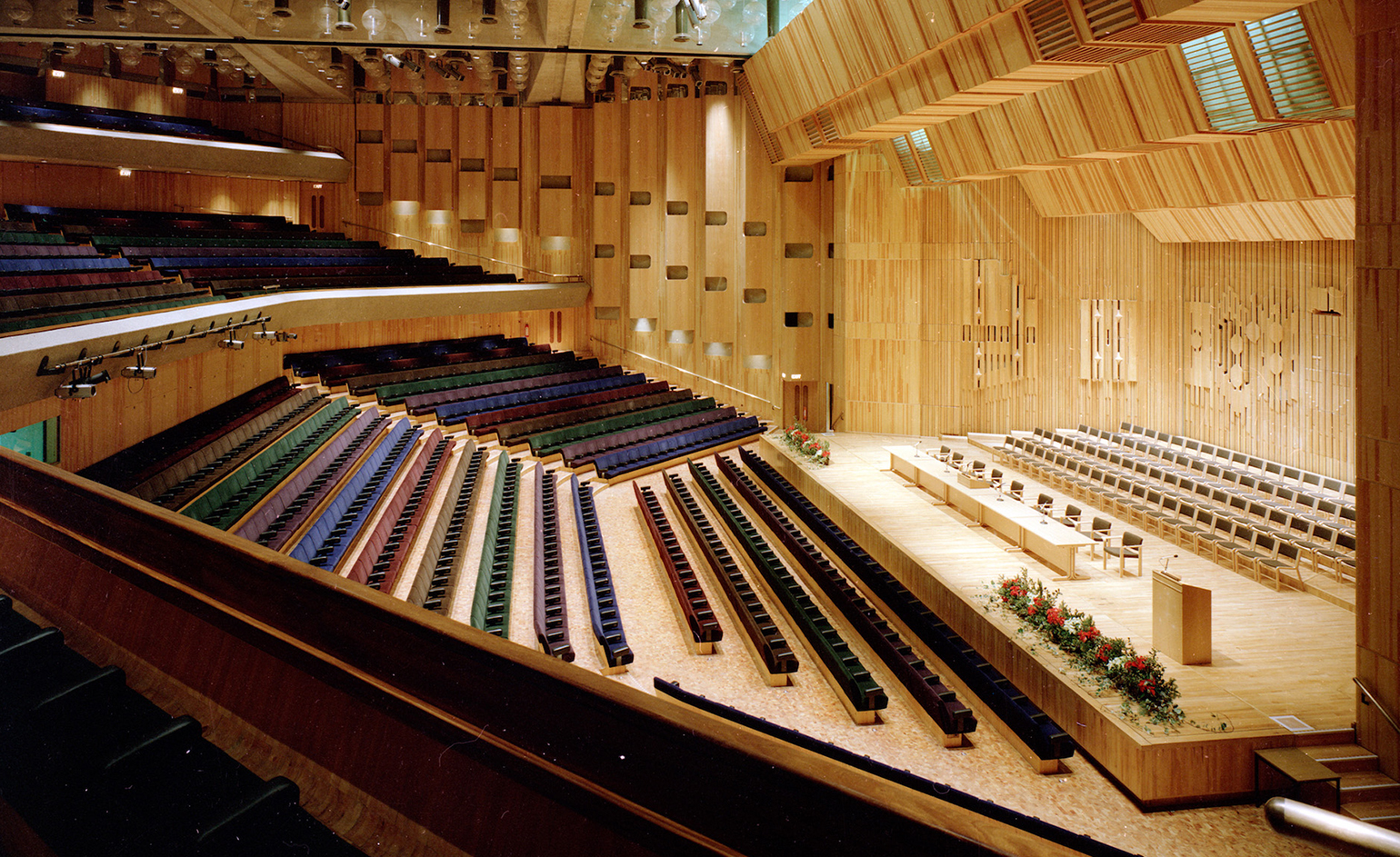
A completed Barbican Concert Hall is dressed for the evening’s prize-giving ceremony for students of City of London Polytechnic in 1981
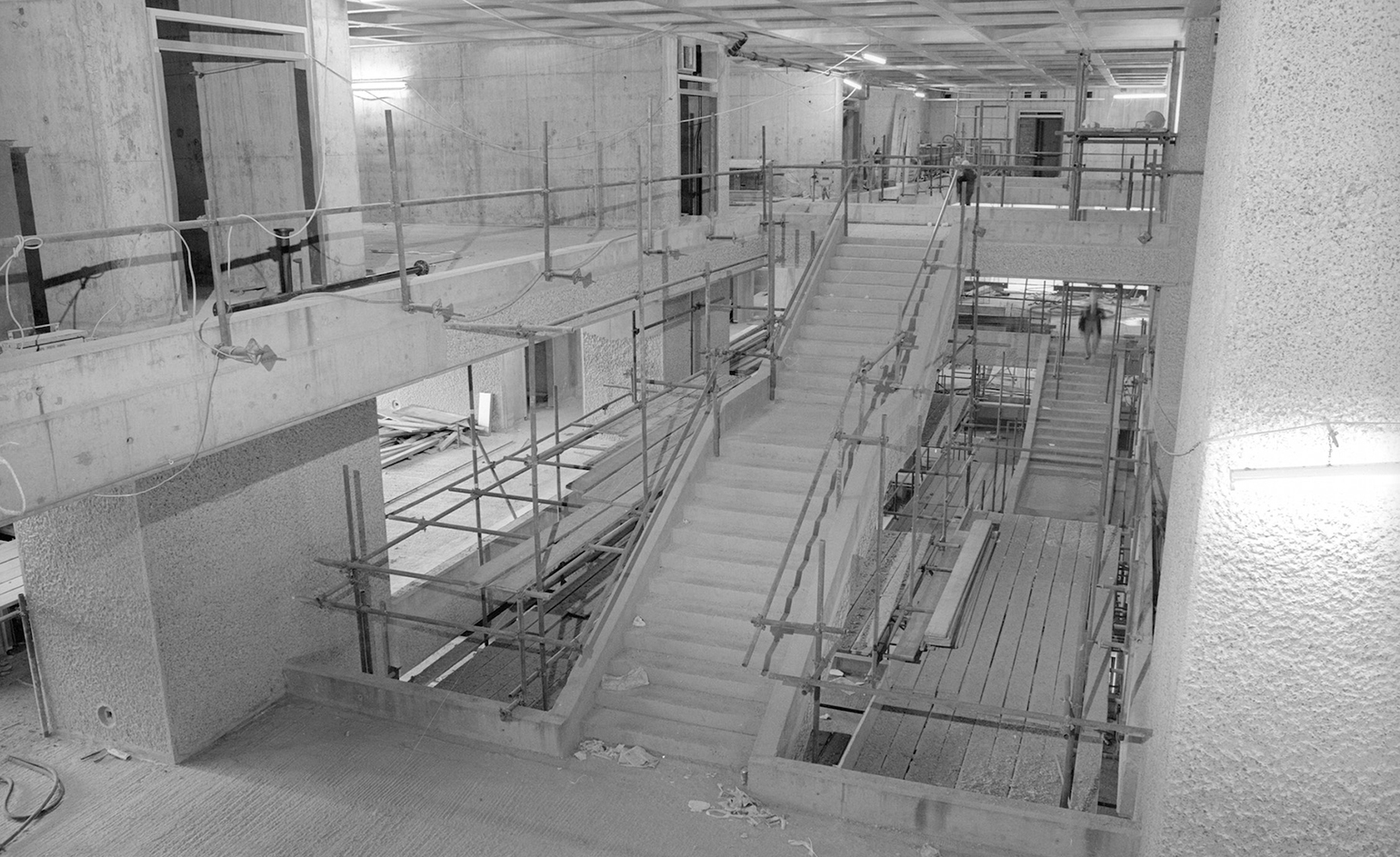
View from above of the emerging staircases in the Foyers during late construction in November 1979
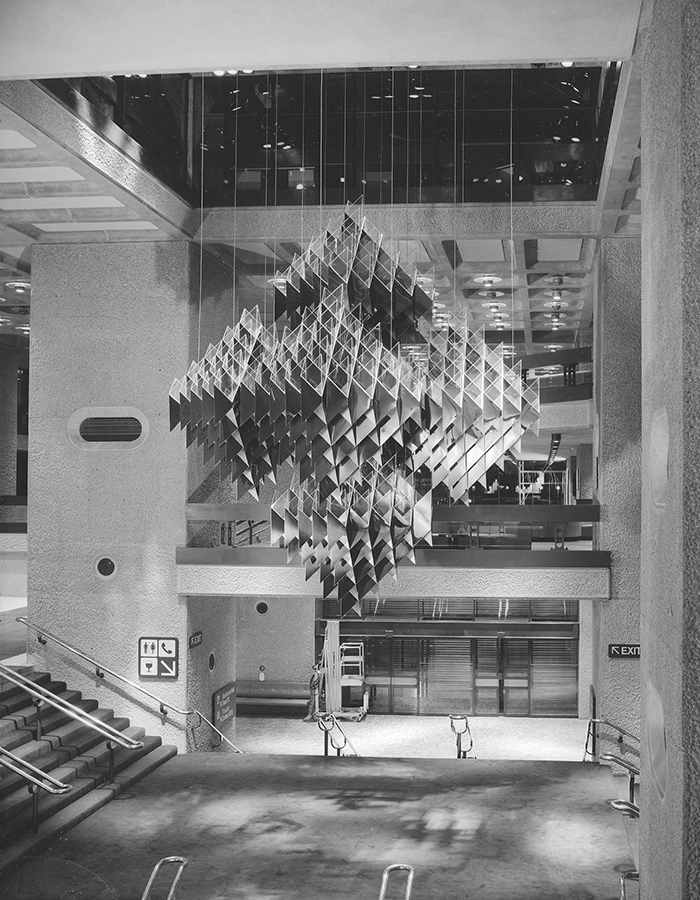
A light sculpture hangs above the staircase, leading to the lower Foyers, in the summer of 1981
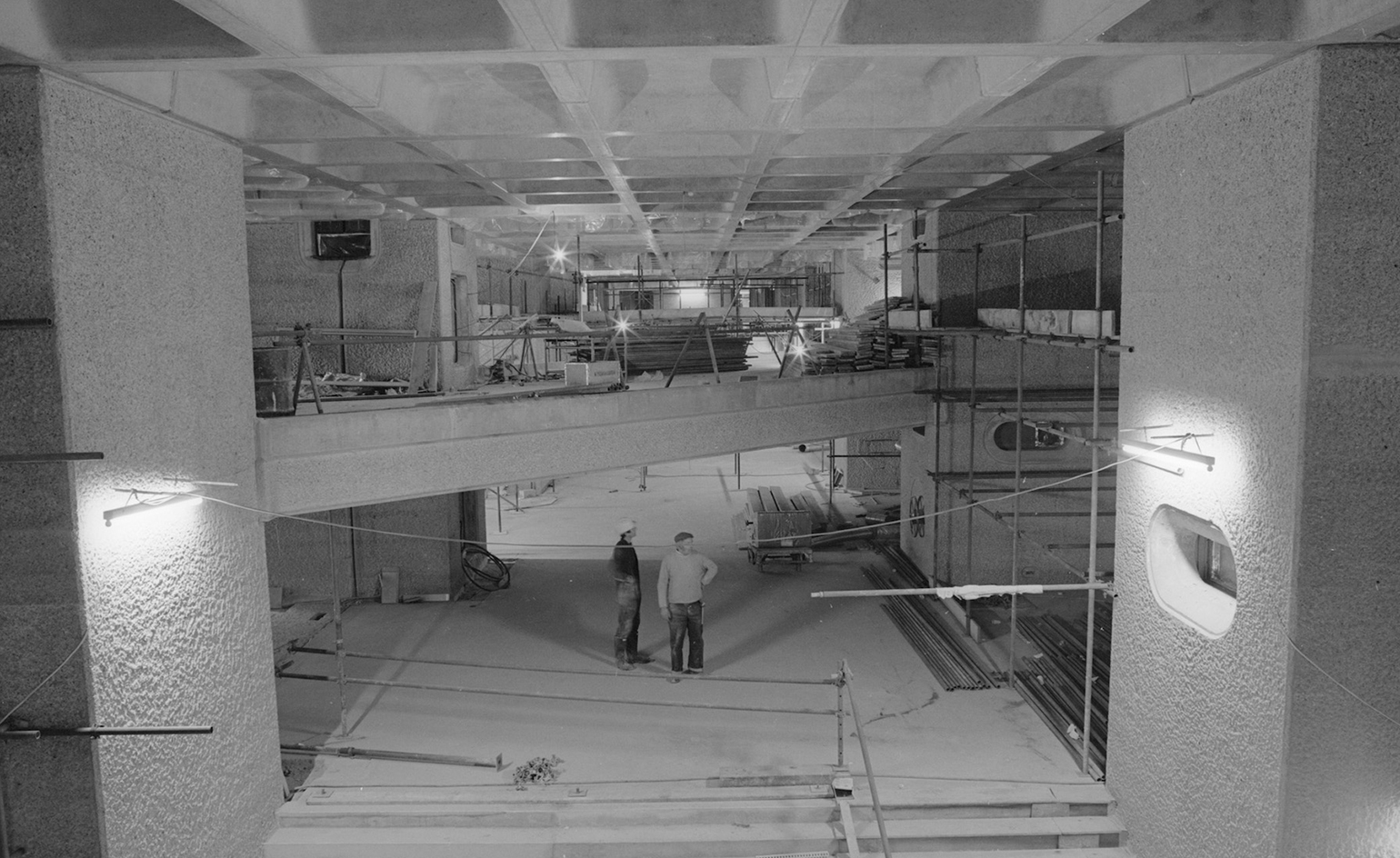
A spectacular view looking down on the Foyer Mezzanine, with the impressive ceiling and staircases in view in November 1979
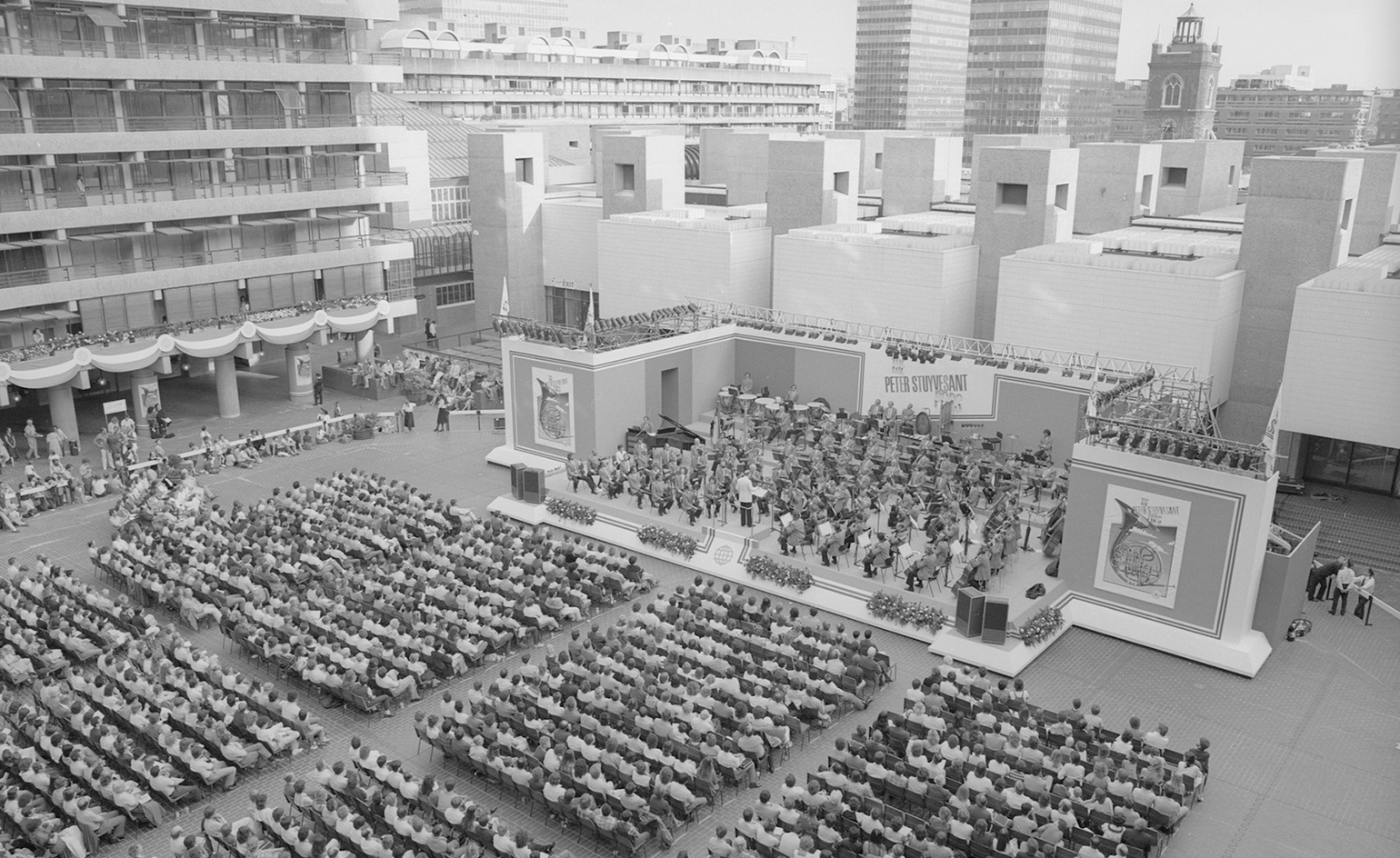
The London Symphony Orchestra perform an open-air concert on the Sculpture Court in August 1982
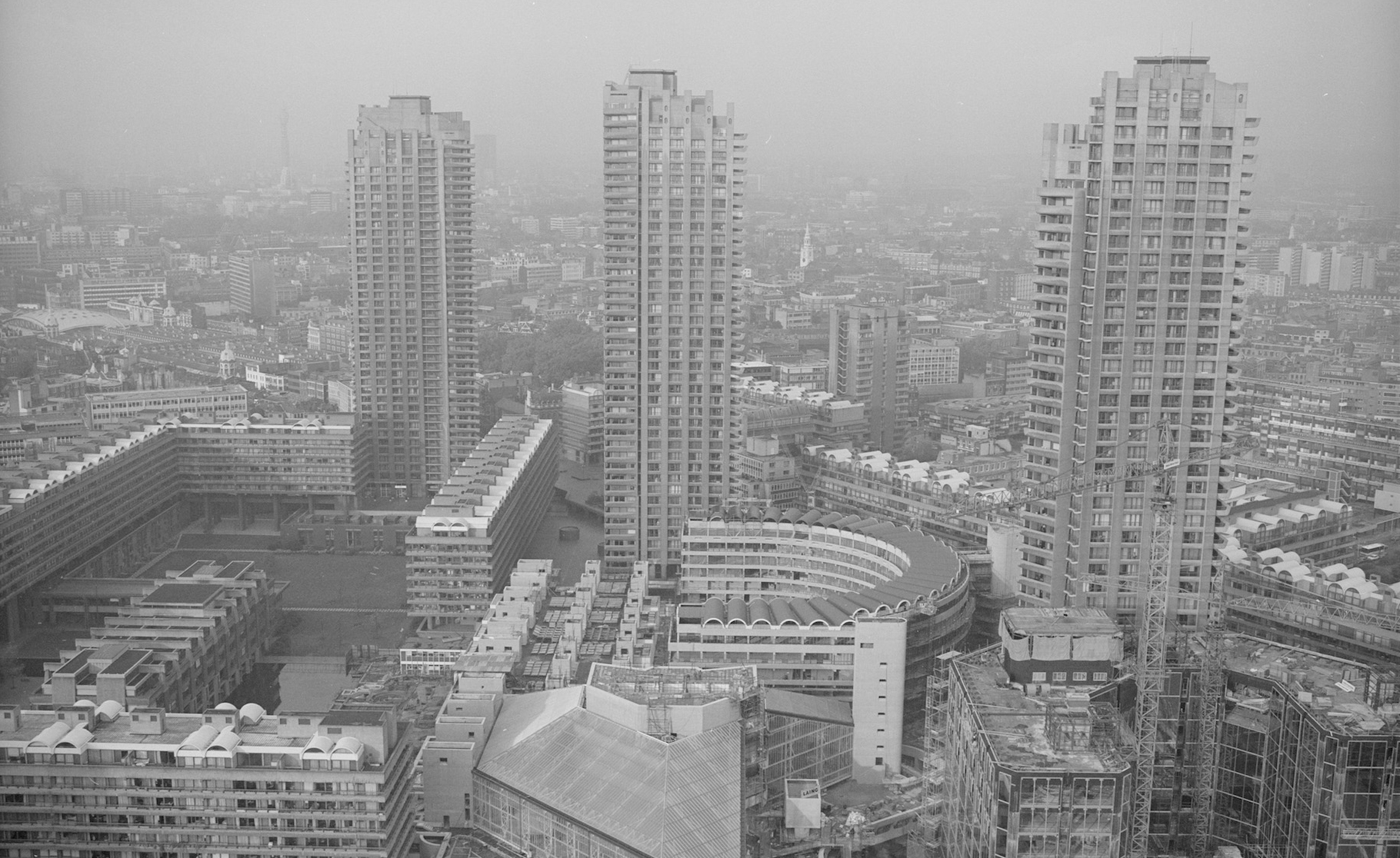
A view from above of the three Barbican Towers and the emerging arts centre nearby in 1979
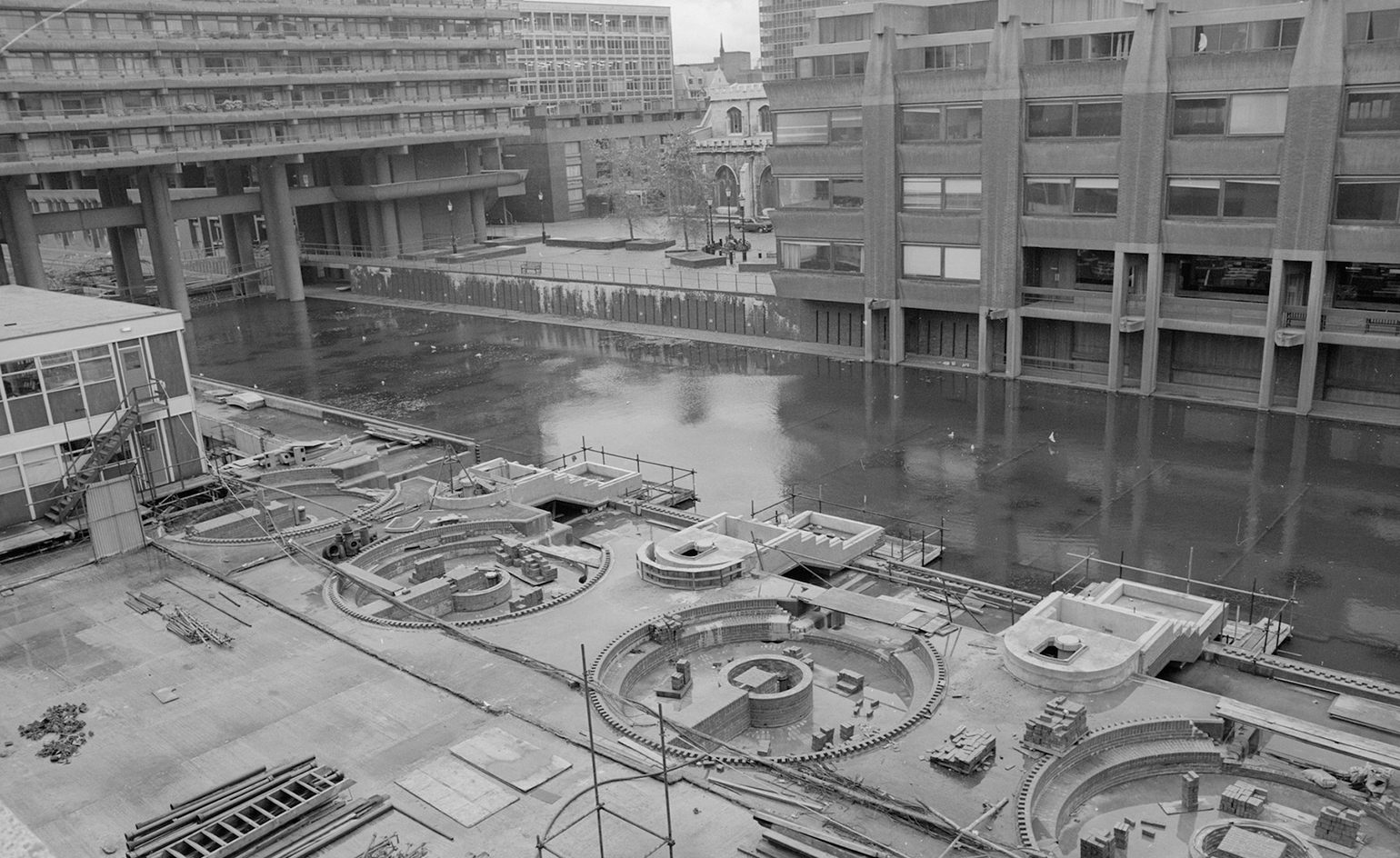
The Lakeside fountains begin to emerge from the concrete in 1979
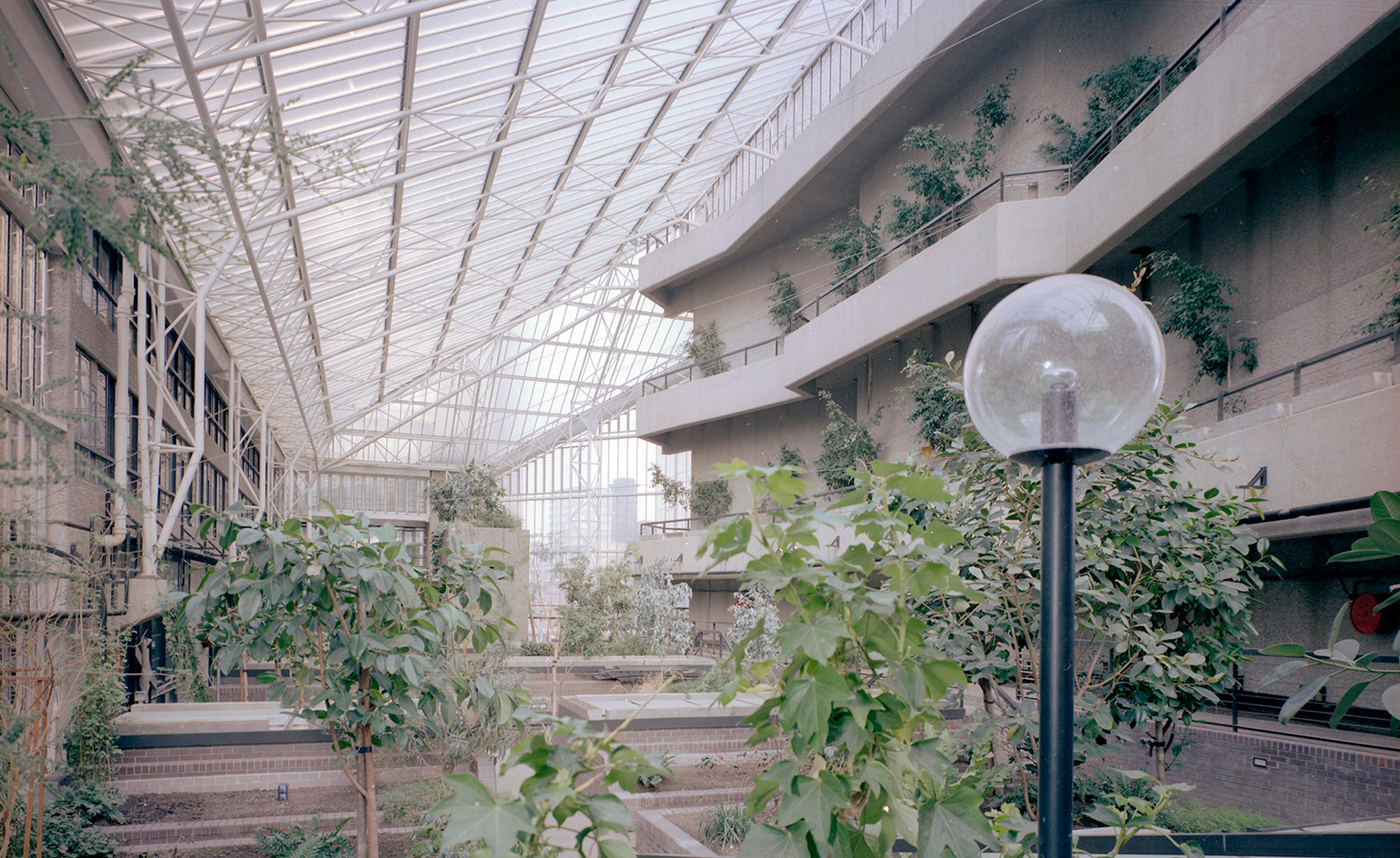
A view across the thriving greenery in the Conservatory in spring 1980
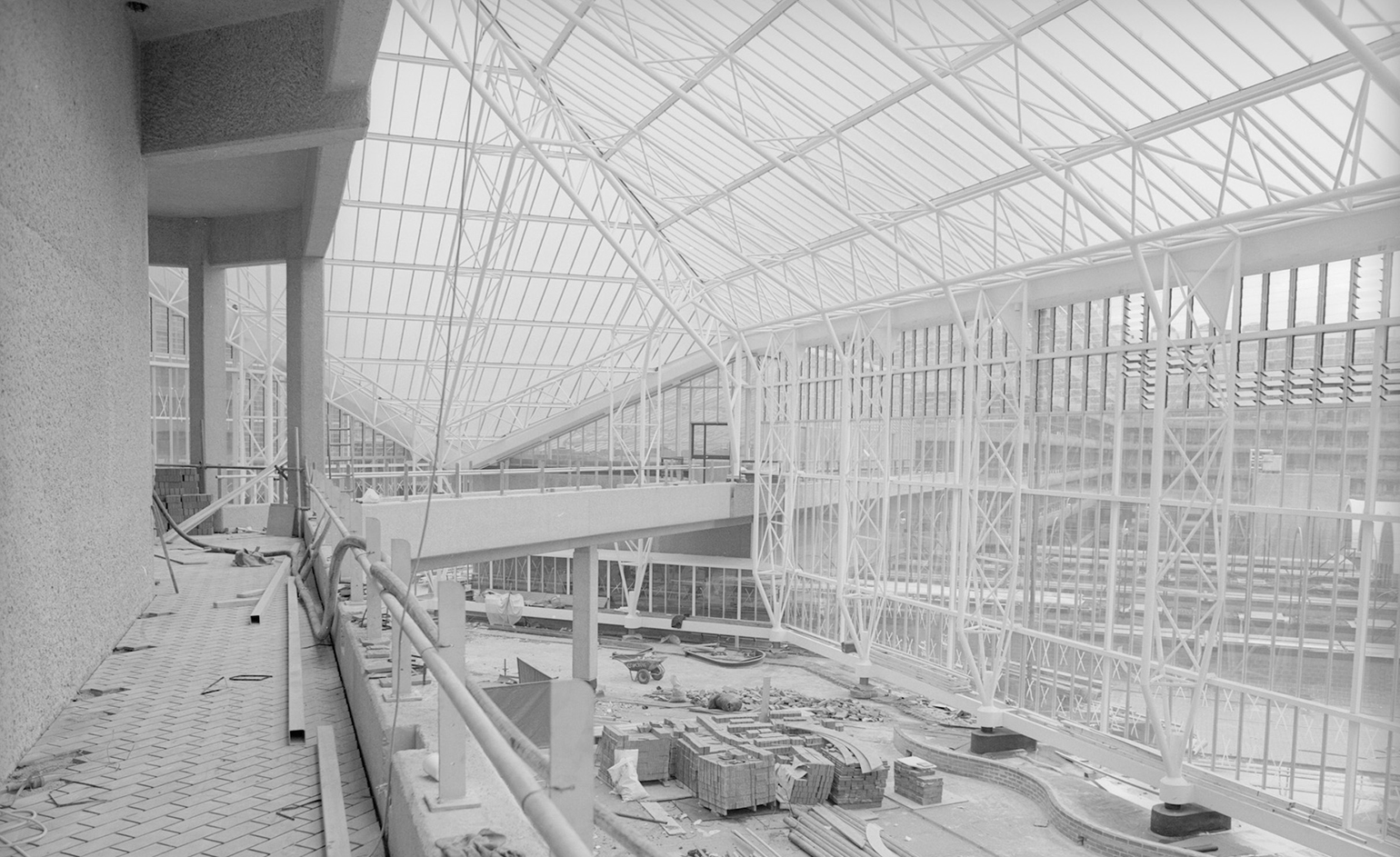
This is contrasted by this earlier, 1979, shot, looking down on the empty bed of the pond in the Barbican Conservatory
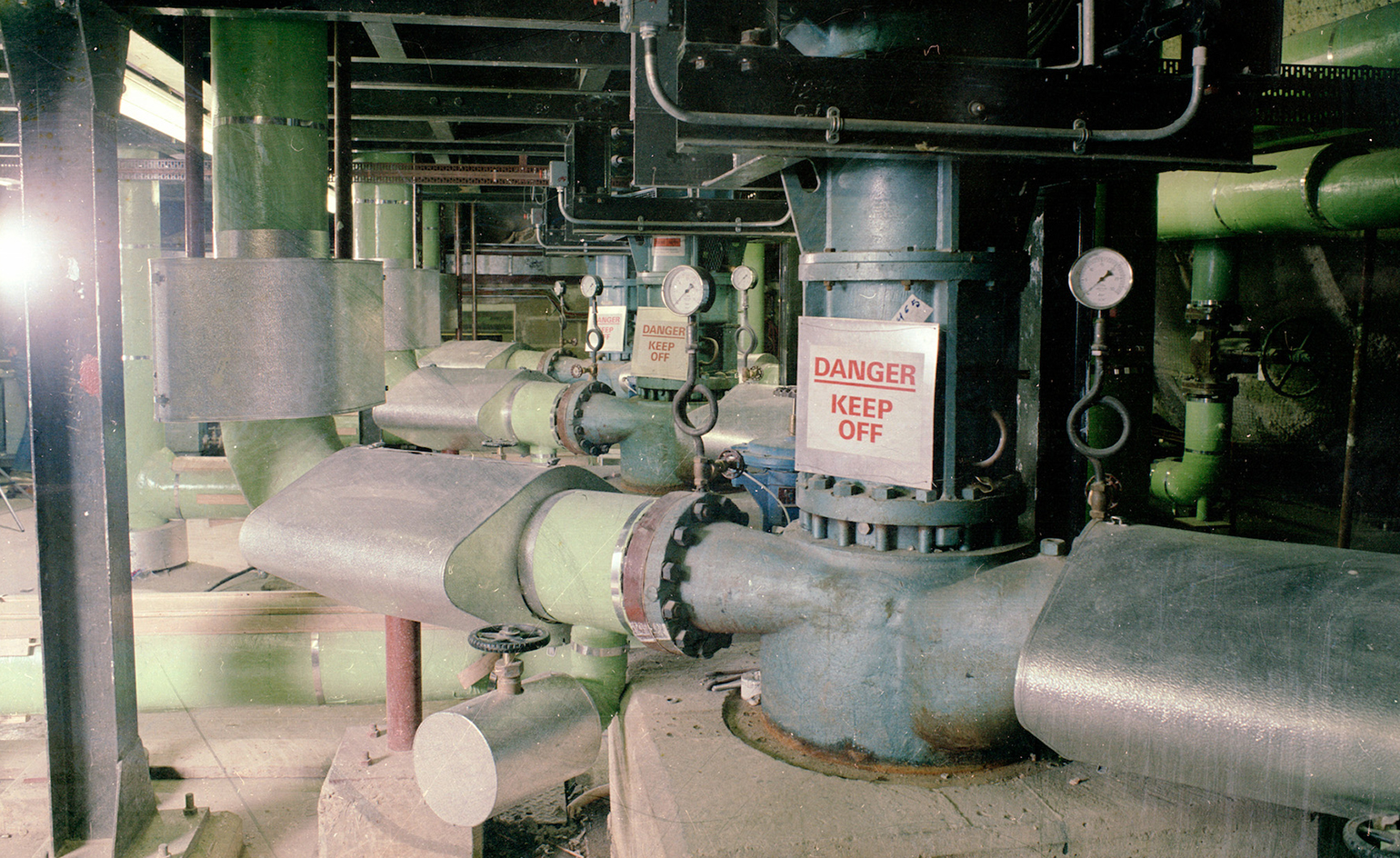
A view in the Barbican plant room in 1980; one of the lesser known areas of the brutalist complex
INFORMATION
Building The Brutal is published by the Barbican. For more information on the book visit the Barbican website
Receive our daily digest of inspiration, escapism and design stories from around the world direct to your inbox.
-
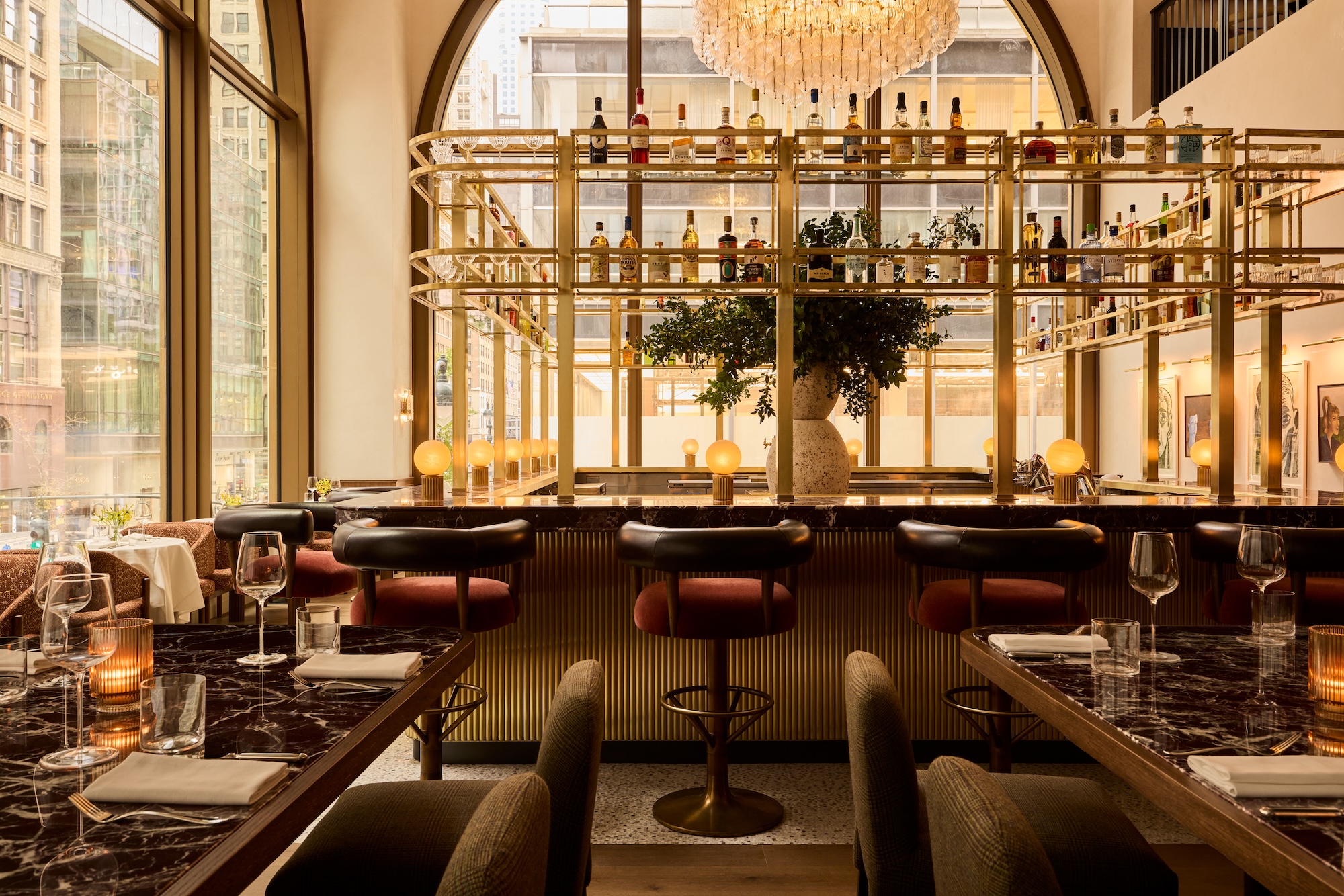 New York's members-only boom shows no sign of stopping — and it's about to get even more niche
New York's members-only boom shows no sign of stopping — and it's about to get even more nicheFrom bathing clubs to listening bars, gatekeeping is back in a big way. Here's what's driving the wave of exclusivity
-
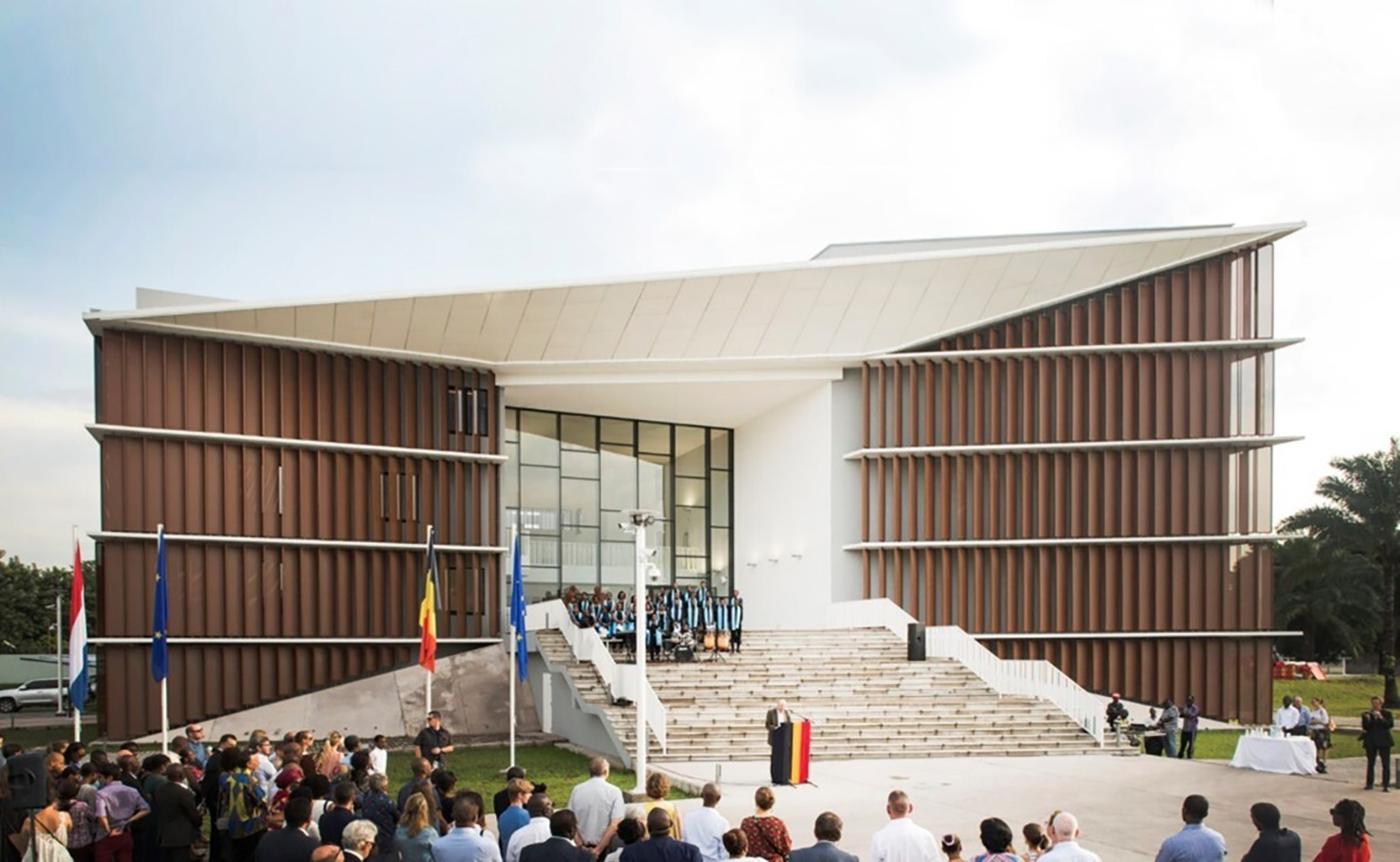 The diverse world of Belgian embassy design – 'style and class without exaggeration'
The diverse world of Belgian embassy design – 'style and class without exaggeration''Building for Belgium: Belgian Embassies in a Globalising World' offers a deep dive into the architecture representing the country across the globe – bringing context to diplomatic architecture
-
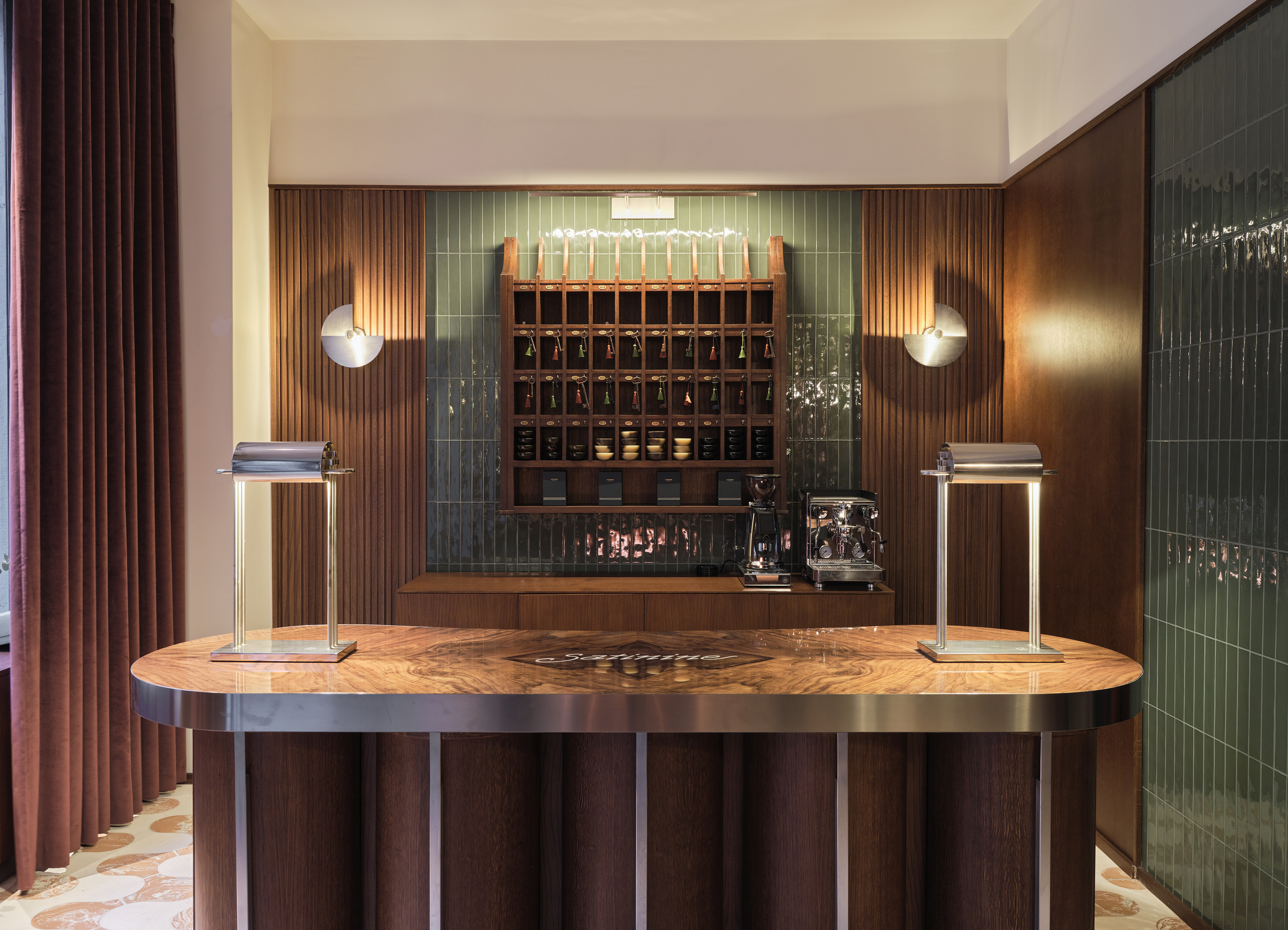 Pull up a bespoke pew at Milan’s new luxury perfumery Satinine, an homage to the city’s entryways
Pull up a bespoke pew at Milan’s new luxury perfumery Satinine, an homage to the city’s entrywaysDesigner Mara Bragagnolo fuses art deco details to bring storied Milanese fragrance brand Satinine into the 21st century
-
 Arbour House is a north London home that lies low but punches high
Arbour House is a north London home that lies low but punches highArbour House by Andrei Saltykov is a low-lying Crouch End home with a striking roof structure that sets it apart
-
 A former agricultural building is transformed into a minimal rural home by Bindloss Dawes
A former agricultural building is transformed into a minimal rural home by Bindloss DawesZero-carbon design meets adaptive re-use in the Tractor Shed, a stripped-back house in a country village by Somerset architects Bindloss Dawes
-
 RIBA House of the Year 2025 is a ‘rare mixture of sensitivity and boldness’
RIBA House of the Year 2025 is a ‘rare mixture of sensitivity and boldness’Topping the list of seven shortlisted homes, Izat Arundell’s Hebridean self-build – named Caochan na Creige – is announced as the RIBA House of the Year 2025
-
 In addition to brutalist buildings, Alison Smithson designed some of the most creative Christmas cards we've seen
In addition to brutalist buildings, Alison Smithson designed some of the most creative Christmas cards we've seenThe architect’s collection of season’s greetings is on show at the Roca London Gallery, just in time for the holidays
-
 In South Wales, a remote coastal farmhouse flaunts its modern revamp, primed for hosting
In South Wales, a remote coastal farmhouse flaunts its modern revamp, primed for hostingA farmhouse perched on the Gower Peninsula, Delfyd Farm reveals its ground-floor refresh by architecture studio Rural Office, which created a cosy home with breathtaking views
-
 A revived public space in Aberdeen is named Scotland’s building of the year
A revived public space in Aberdeen is named Scotland’s building of the yearAberdeen's Union Terrace Gardens by Stallan-Brand Architecture + Design and LDA Design wins the 2025 Andrew Doolan Best Building in Scotland Award
-
 The Architecture Edit: Wallpaper’s houses of the month
The Architecture Edit: Wallpaper’s houses of the monthFrom wineries-turned-music studios to fire-resistant holiday homes, these are the properties that have most impressed the Wallpaper* editors this month
-
 A refreshed 1950s apartment in East London allows for moments of discovery
A refreshed 1950s apartment in East London allows for moments of discoveryWith this 1950s apartment redesign, London-based architects Studio Naama wanted to create a residence which reflects the fun and individual nature of the clients